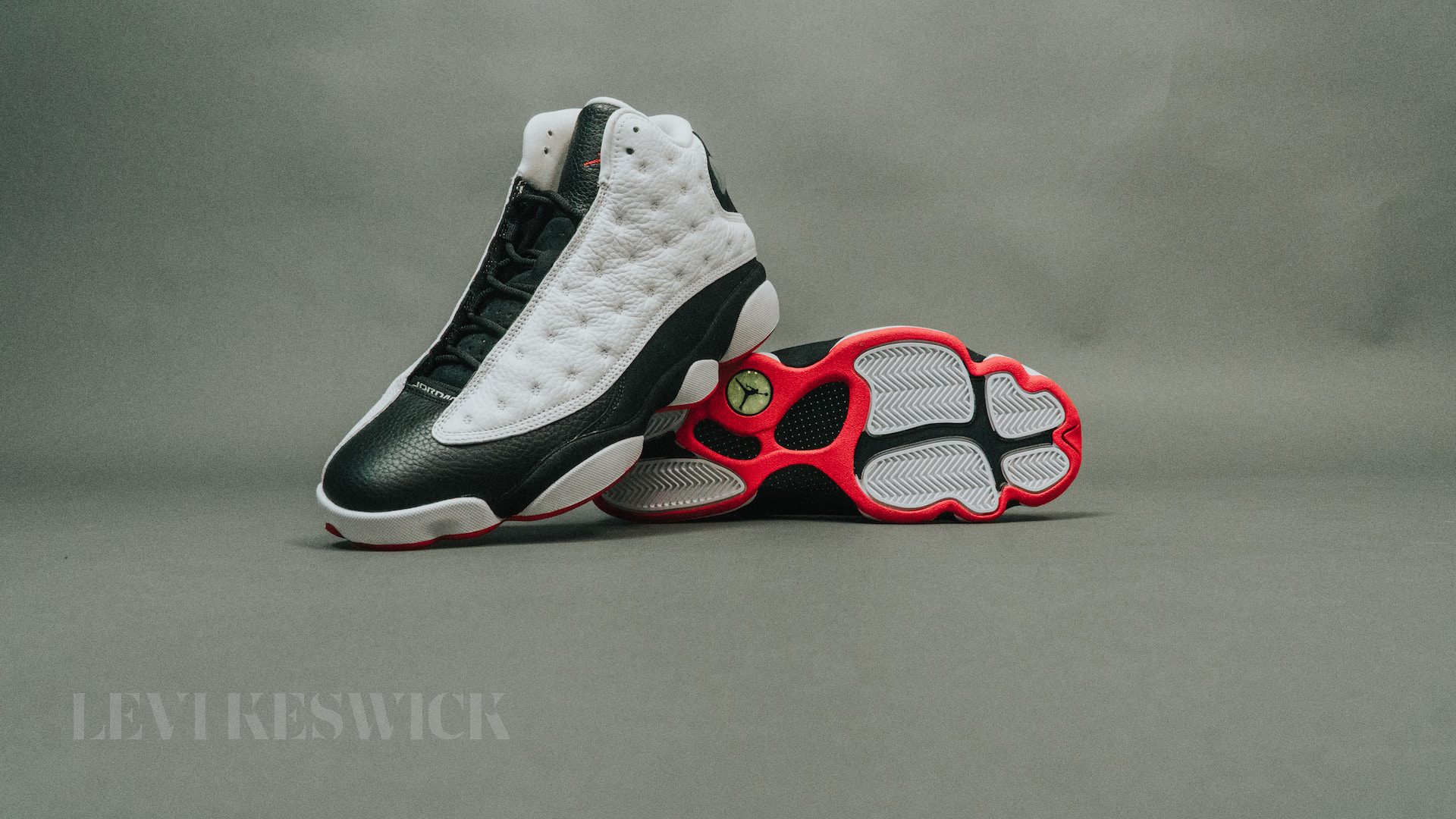Key Takeaways:
- The power of brand legacy plays a significant role in shoe pricing.
- Innovative materials and cutting-edge technology further inflate the price.
- Limited editions and unique colorways make certain shoes more sought-after.
- Extensive advertising and marketing campaigns add to production costs.
- Celebrity athlete endorsements come with hefty price tags.
- Profit margins ensure businesses remain sustainable.
- The demand and willingness of consumers to pay high prices drive up costs.
Branding: More than Just a Logo
Why are basketball shoes so expensive? Often, it’s the brand’s history, reputation, and the trust they’ve cultivated over decades. Major brands like Nike and Jordan command higher prices not just because of their iconic swoosh or Jumpman logo, but the legacy and trust associated with them. When you buy a pair of Jordans, you’re not just paying for footwear – you’re investing in a piece of basketball history.
Innovation on Your Feet
The heart of any good basketball shoe lies in its construction. Premium materials, such as quality leather or suede, not only enhance the shoe’s look but also its performance. On top of that, brands invest millions into research and development. For instance, technologies like Nike’s Zoom Air cushioning revolutionize how players experience the game, ensuring comfort, agility, and that essential spring in every step.
The Allure of Limited Editions
There’s a unique thrill in owning something rare. Limited edition releases, exclusive collaborations, and unique colorways make certain basketball shoes highly coveted. The rarer the shoe, the more valuable it becomes, both in terms of price and street cred.
The High Price of Visibility
Advertising is expensive. To maintain a brand’s image and to introduce new products, companies invest heavily in marketing campaigns. Memorable commercials, innovative ads, and even product placements in movies and TV shows all contribute to the shoe’s final price tag.
Star Power: A Game-Changer in Pricing
Basketball shoes, more than any other sportswear, are closely tied with their endorsing athletes. A partnership with superstars like LeBron James doesn’t come cheap. These deals are not just business contracts but mutual endorsements – the player vouches for the shoe’s quality and performance, and in return, their signature pair becomes an extension of their brand.
The Business Side: Profit Margins and Sustainability
A business exists to make a profit. After deducting all production, marketing, and endorsement costs, companies need to ensure they have a healthy profit margin. This margin is crucial for sustainability, future innovations, and ensuring stakeholders get their due returns.
Consumer Demand: The True Price Driver
At its core, the high price of basketball shoes is a simple case of supply and demand. If consumers are willing to queue for hours for the latest release and pay hundreds of dollars for a pair, brands will price them accordingly. It’s the age-old balance of how much a consumer values a product and how much they’re willing to pay for that value.
Conclusion: The Real Cost of Those Hoops
Basketball shoes are more than just footwear; they’re a blend of performance tech, fashion statement, and cultural icon. While their prices can induce sticker shock, understanding the layers of branding, technology, marketing, and economics behind them provides insight into their true value. So, next time you’re eyeing that fresh pair of kicks, remember: you’re not just buying shoes; you’re buying an experience, a legacy, and a piece of the game.








